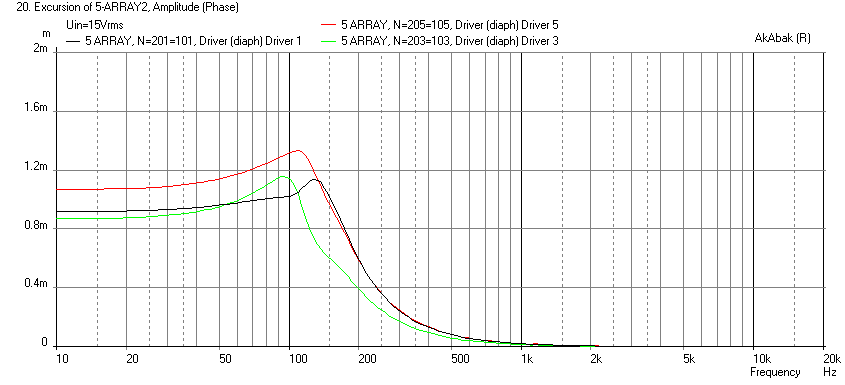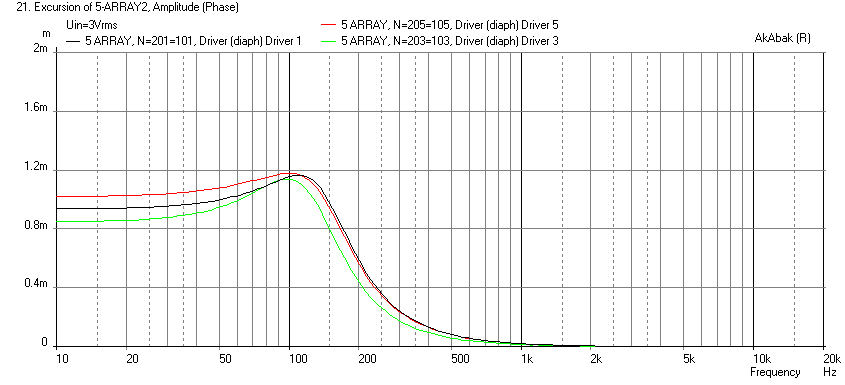With quality drivers (decent matching) the results are negligible. Comes down to the required impedance. That goes for all audio frequency drivers. When you get to higher frequency stuff minutely small details matter.
Mr. Erath explained the math and science behind it to me decades ago. He has sold enough speakers that I believed him. And still do.
Mr. Erath explained the math and science behind it to me decades ago. He has sold enough speakers that I believed him. And still do.
Google Image Result for http://www.audiocircuit.com/A-Images/AA-Brands/L/LWE-LWE/8___________-F-001-906-LWE.jpg
Google Image Result for http://www.audiocircuit.com/A-Images/AA-Brands/L/LWE-LWE/8___________-F-003-906-LWE.jpg
Mr. Erath when he did eight 15's in sealed cabinets.
Series / parallel in common volume.
Cutting edge back in the day. He was so ahead of his time.
Google Image Result for http://www.audiocircuit.com/A-Images/AA-Brands/L/LWE-LWE/8___________-F-003-906-LWE.jpg
Mr. Erath when he did eight 15's in sealed cabinets.
Series / parallel in common volume.
Cutting edge back in the day. He was so ahead of his time.
Thx, I was looking for this topic.
Full Range TC9 Line Array CNC Cabinet
Here is the cone displacement for SERIES wired:

Here is cone displacement for PARALLEL wired:

Other topic:
Series vs. parallel sound quality
When comparing paralleled vs. series wired speakers which
differ in fs, the impedance curve of the series combination will
show the resonance peaks of every driver, the parallel wired
combination will look smother, because differing impedance
peaks between single drivers are balanced.
When using fullrange drivers in a line array like this
www.dipol-audio.de
parallel wiring is to be prefered in general.
Impedance peaks, even at frequencies higher than fs,
correlate with high voice coil velocity due to resonant conditions.
Parallel wiring will tend to balance voice coil velocity between
drivers, when resonance peaks are differing due to tolerances,
which is normally the case. The resonating driver simply gets
less current than its non resonating neighbour.
In the series circuit current through all drivers is the same,
and the resonating driver will see higher voltage at his clamps
than his non resonating neighbours, which tends to make things
worse, because power is always distributed to the driver which
behaves worst at a certain frequency ...
If series wiring cannot be avoided, it should be ensured, that the
units in series behave very similar or "equal" at best.
Last edited: